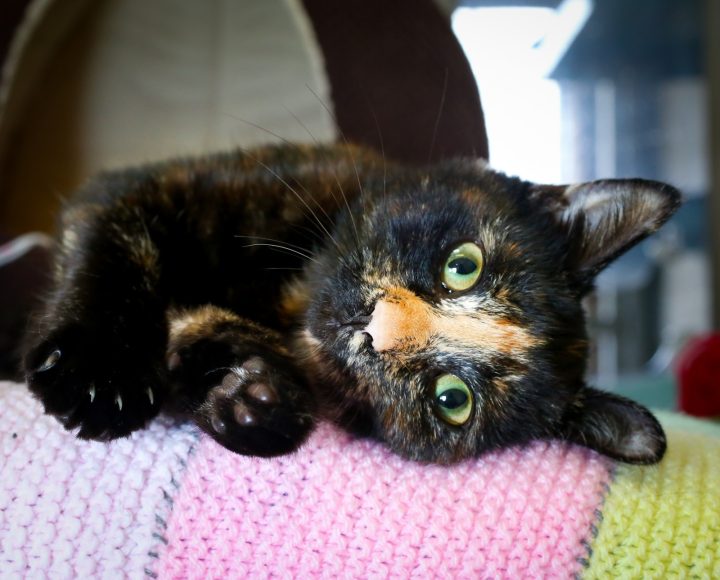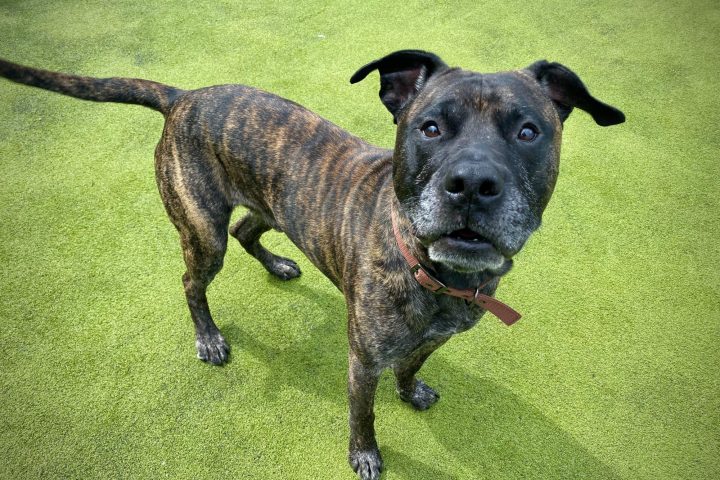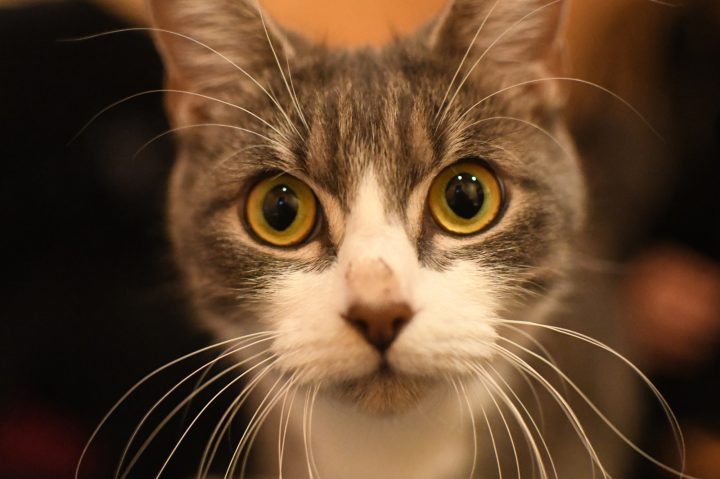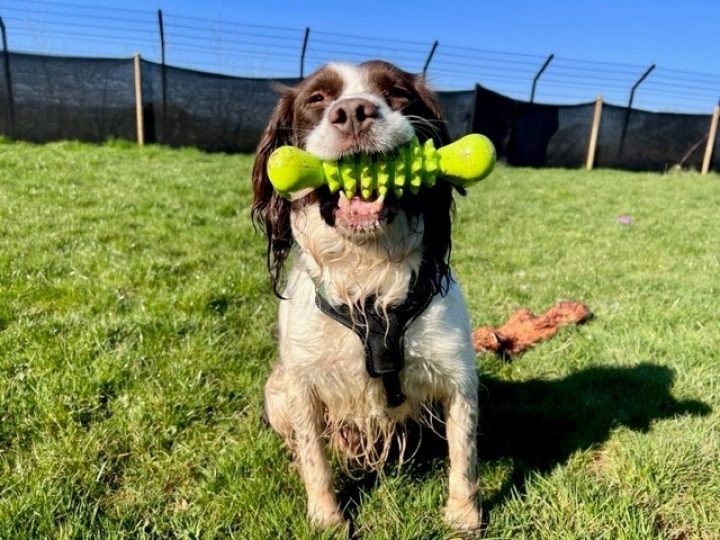Step 1
- Start by using healthy treats to reward your dog or cat when touching gently the muzzle, lips and gums. Take things slowly and use a happy, joyful voice, say ‘well done’ or ‘yes’ after touching and giving the reward. Dogs that eat anything will enjoy healthy treats of small pieces of carrot or cucumber. Fussy dogs or cats, may require something tastier. Use whatever works.
- Once they are happy to be touched inside the mouth, you can introduce a cloth and rub the teeth and gums. Dogs and cats enjoy attention so make sure this is always done with enthusiasm in a fun way and they will enjoy the activity.
- If your pet moves away, stop the activity, slow things down and try again going at the dog or cat’s own pace.

Step 1
- Start by using healthy treats to reward your dog or cat when touching gently the muzzle, lips and gums. Take things slowly and use a happy, joyful voice, say ‘well done’ or ‘yes’ after touching and giving the reward. Dogs that eat anything will enjoy healthy treats of small pieces of carrot or cucumber. Fussy dogs or cats, may require something tastier. Use whatever works.
- Once they are happy to be touched inside the mouth, you can introduce a cloth and rub the teeth and gums. Dogs and cats enjoy attention so make sure this is always done with enthusiasm in a fun way and they will enjoy the activity.
- If your pet moves away, stop the activity, slow things down and try again going at the dog or cat’s own pace.


